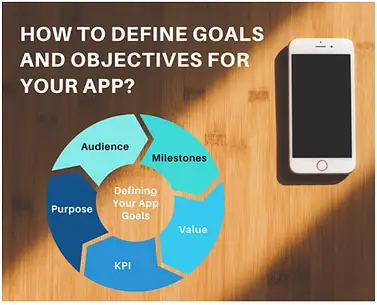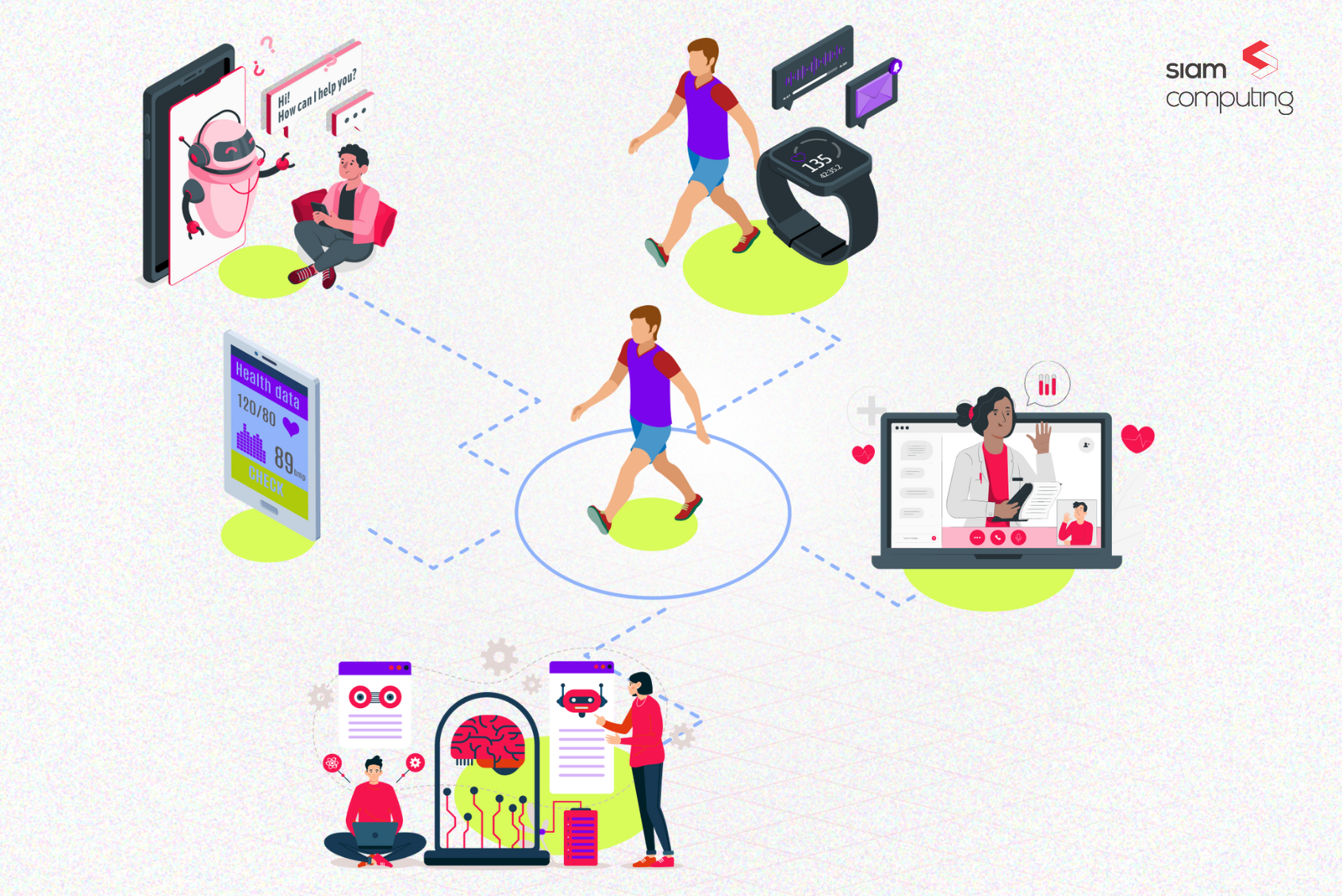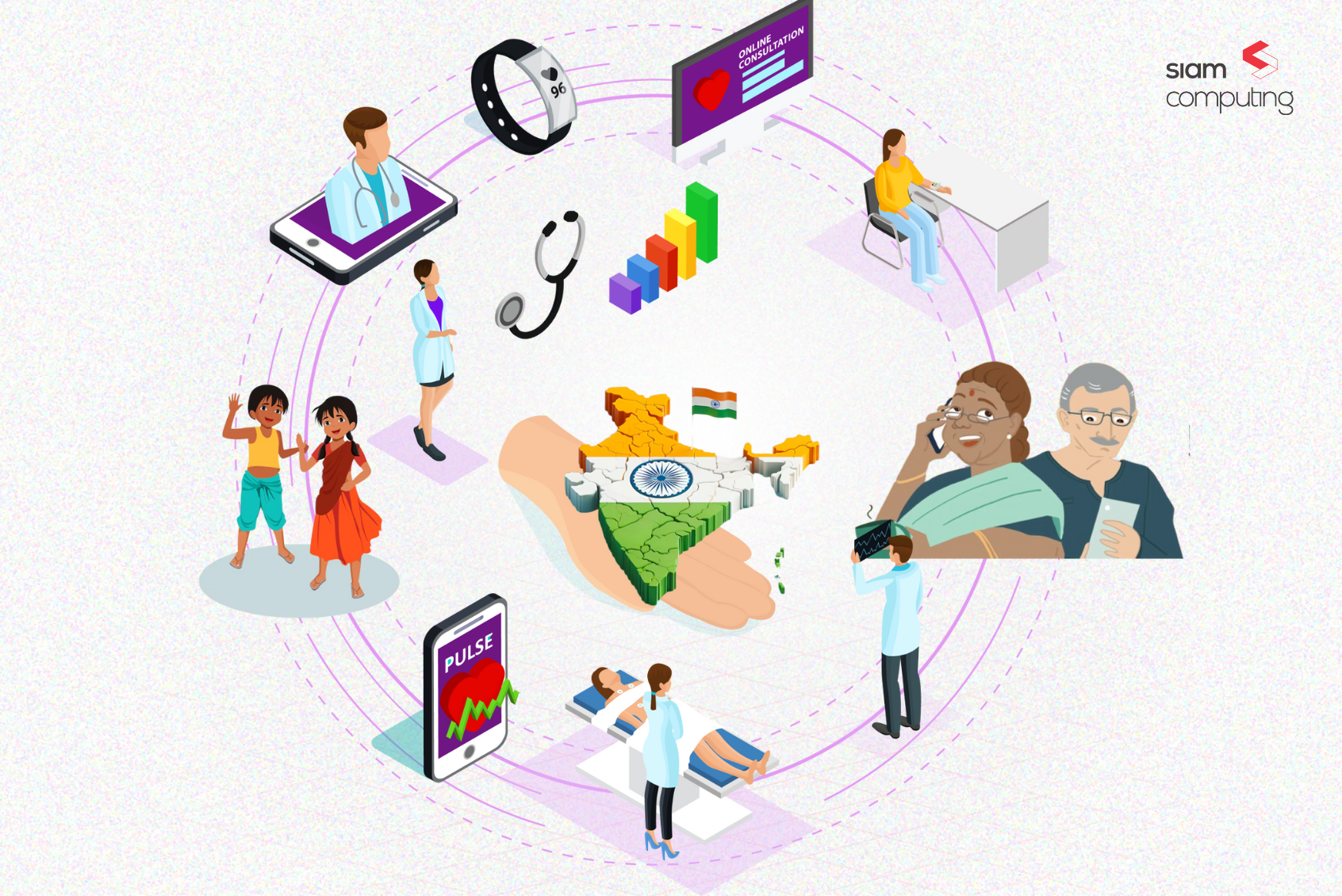Mobile apps play an indispensable part in connecting a business with its customers. It’s studied that more than 42% of small businesses own a mobile app and 27% of entrepreneurs are planning to build apps for their brands in the near future. The astronomical growth in the number of mobile devices and usage entails businesses to build mobile apps to reach out to their customers effectively.
In this article, I will walk you through the different steps involved in creating a stunning mobile app for your business.

How to get started
The first step to start your mobile app development journey is to create an actionable roadmap that covers end-to-end processes from defining your goals to launching your app. The most crucial stage in creating your app roadmap is to define your business goals. Clearly defined goals help track and measure your progress. Here’s a list of 5 key parameters for you to consider while defining your mobile app goals and objectives.- Define your target audience
- Define your purpose and strategize accordingly
- Define key performance indicators
- Define value
- Define key milestones

#1 Define your target audience
Understanding the nature of your target audience helps you customize the communication, design, illustration, content, and other features of your app. Do an extensive study and research to identify the kind of audience your potential users are and who you cater to in your business.For example, consider these three basic classifications
- General audience — If you find your app users to be laymen, your content and design need to be direct, straightforward, and easy-to-understand. Adopt a beginner’s level of UX design so that your app becomes intuitive and easy to use for anybody.
- Knowledgable audience — This category refers to the set of audiences who are familiar with the latest technologies and industry knowledge. In such cases, you don’t have to confine your design and visual language to limited possibilities. You can choose to explore multiple options and keep your UX design rich and contemporary.
- Expert audience — If your target audience happens to be experts, your content, communication, and design language can be rich, sophisticated, and use a mature tone. The primary focus can shift from educating the users to serving the end-goal handily. This applies mostly to B2B collaborations where CEOs, entrepreneurs, and highly-skilled professionals are the potential app-users. Other cases include apps that provide high-end services and experiences.
#2 Define your purpose and strategize accordingly
It becomes extremely crucial for any brand to be super sure about the purpose they aspire to solve using the mobile app. Without clearly established mission vision and purpose statements, it’s difficult to work on making the app user-friendly and goal-oriented. Envision the scope, prospect, and future of your mobile app by deriving answers to these questions:- What is the end-goal of your mobile app?
- What are the micro-goals that help achieve the ultimate objective of your app?
- What features of your app go the extra mile in helping your users?
- What’s the most unique feature of your app that other apps don’t provide?
- There’s going to be a lot of information on the app. How are you planning to facilitate accessibility and navigation?
- Why should your users keep coming back to your app and share it with their friends?
- What makes your app stand out from other similar apps in the market?
- How do you plan to have a check on app uninstalls?
- How different is your app from the mobile version of your website?
- Why should a user download your app in the first place?
- What is your mobile app product strategy?
#3 Define key performance indicators
In any process that you do, you must measure the data and gain insights on your progress. Likewise, defining the KPIs for your mobile app on time gives you the clarity to decide your app features. There are some features that need to be incorporated in the first release itself whereas you can include a few others in the future updates. KPIs not only help you to prioritize your features but also let you have complete control over your product. If you are building a minimum viable product (MVP) — keep your KPIs direct, simple, instantaneous, and readily measurable.Here are a few examples
- Number of downloads
- Time spent on the app
- Increase in search volume in app stores
- Increase in search volume in search engines
- Brand awareness and familiarity
Here are a few KPIs for the eCommerce scenario
- Number of purchases
- Items moved to shopping cart
- Products marked as favorites
- Cart abandonment rate
- Number of returns
- Dispute rates like refunds or exchange
- Navigation to ‘product details’ page
- Rate of conversion (CRO)
- Cost per acquisition (CPA)
- Return on investment (ROI)
Key considerations for such apps are:
- Number of opens on the same day (stickiness)
- Number of shares (and recommendations to friends)
- Number of mentions in social forums
- Customer rating in the app store
- (Reduced) number of uninstalls
- Retention rate and churn rate
- Cumulative time spent on the app
- Organic ranking and position in the search engines
- Visibility in the app stores
- Daily active users and monthly active users
- Lifetime customer value
#4. Define value
Value for businesses — Creating a mobile app for your brand is going to take a lot of time, effort, expertise, and bandwidth right from creating a foolproof roadmap to marketing your brand in the app stores. After all this effort and hard work, what’s the value the mobile app adds to your business in return? More than just focusing on the ROI, you need to focus on how to align your mobile app objectives with your core business values. Because it isn’t always about ROIs and PPTs. Mobile apps are amazing platforms to reach out to your customers directly and you must make the best use of this platform to add value to the business. Value for customers — There are over one million apps in the market. There is at least a score of other apps offering similar services like yours. That case, if you want your app to beat the competition and survive in the market, it’s important that customers find your app valuable. Here are a few ways how your app can add value to the customers. Try to figure out answers to these questions:- What pain points does your app aspire to solve?
- How does the app add value to the users and ease their lives and work?
- Value for money — how worth is your app for the money they spend?
- Value for time — how valuable is your app for the time they spend on your app?
- Why is the app important to the users?
- What difference will it make, or what will the users lose if they uninstall the app?
#5. Define key milestones
Here are the major project milestones that you should figure out while you prepare your android or iOS app development roadmap:- Goal setting – Identify your goals and objectives and align them in real-time.
- Complete list of features – List down all the features and decide which ones go live in the first release and which are reserved to be released later.
- Time frame – Make sure you have worked out the date-wise timeline for each phase of your mobile app development.
- First release – Strategize your launching: timelines for the beta version, testing, and release date and features in the first release.
- Metrics – Have a complete overview of the KPIs and metrics and ensure to update these metrics periodically based on varying goals.
- Status tracker – Be on top of your app development by enforcing a foolproof system in place to track live status from any place, any time.
- Plan for app updates – Create a functional roadmap to release app updates on time with enhanced features.
- Customer feedback – Design a mechanism to draw insights from customer feedback and incorporate them into your mobile app.








